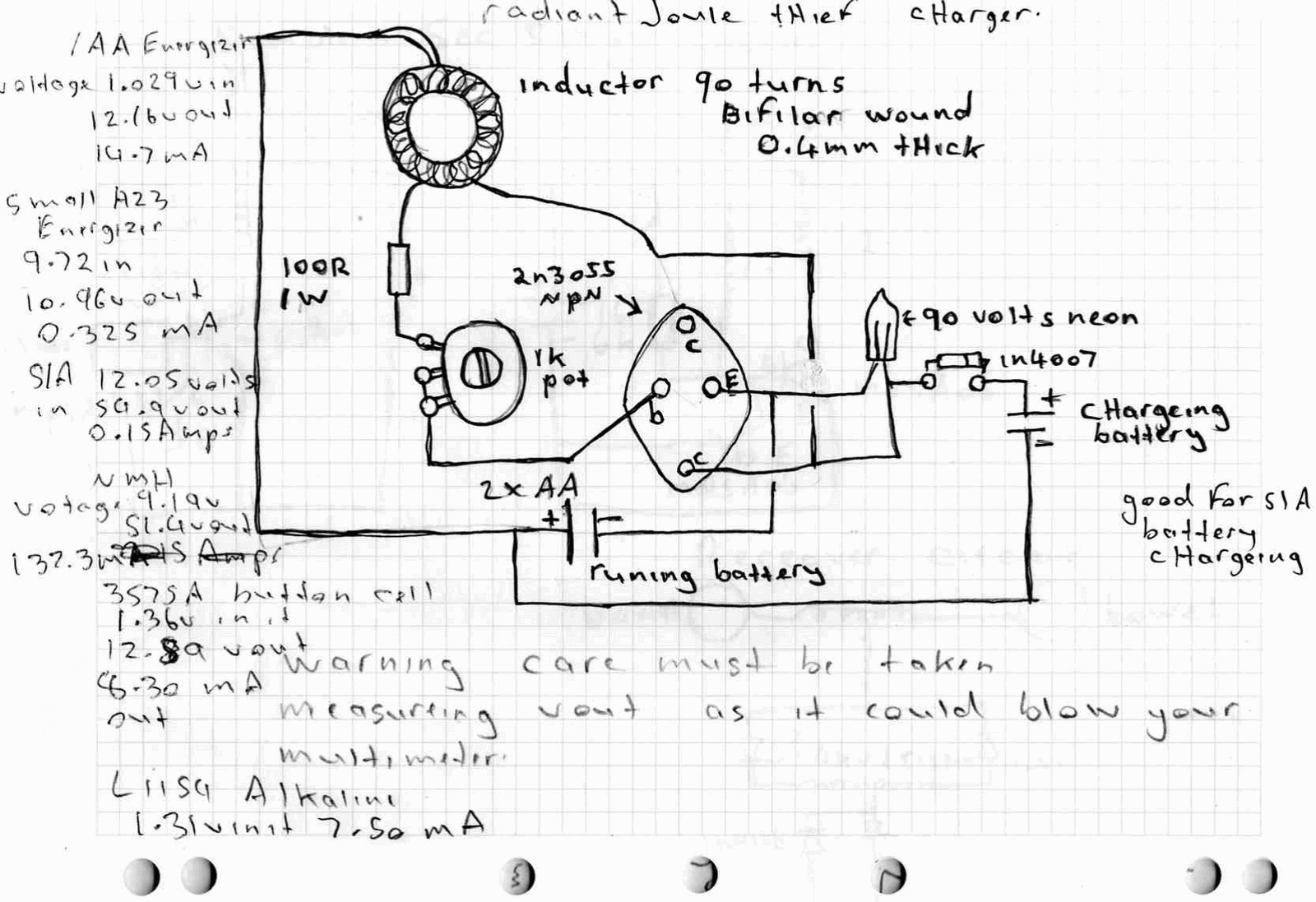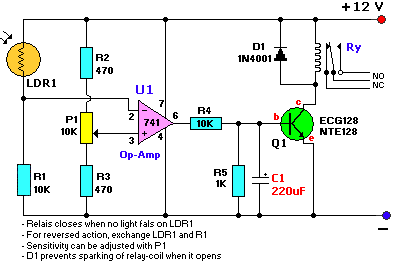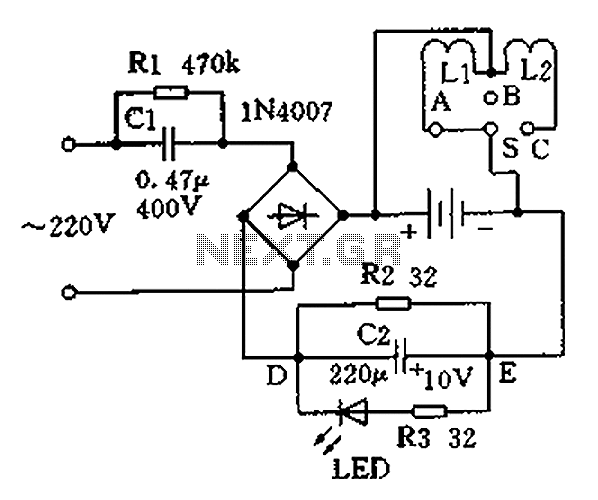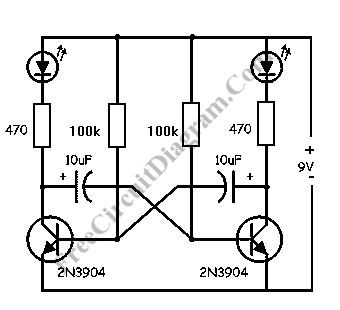
51 surround amplifier circuit schematic
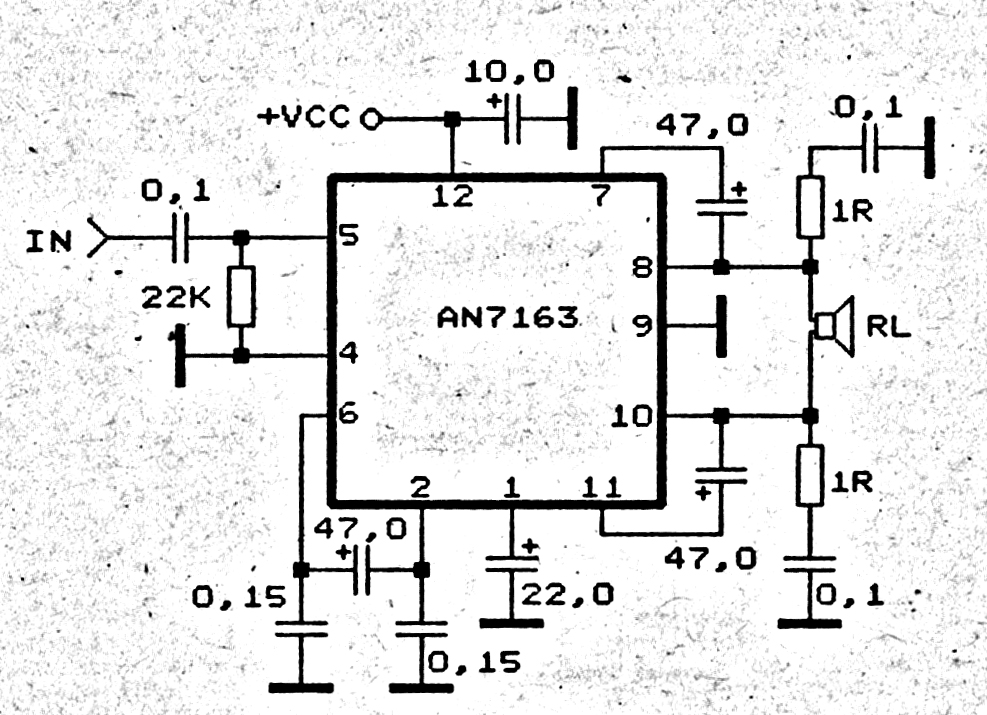
This 5.1 surround amplifier circuit schematic utilizes the IC AN7168 as the primary component. The circuit requires a minimum voltage of 12V and a maximum voltage of 24V, with a recommendation of 12V due to the voltage ratings of the components used. However, for enhanced sound output, a higher voltage may be applied. The maximum power output is 40W with an impedance of 4 ohms. This 5.1 surround amplifier circuit schematic is designed to facilitate surround sound or 5.1 speaker configurations. It is intended for use with rear speakers, left and right speakers, and a center speaker, but should not be used with a subwoofer speaker. To achieve a complete 5.1 surround sound setup, five instances of the 5.1 surround amplifier circuit schematic must be constructed for the left and right speakers, the rear left and right speakers, and the center speaker. The subwoofer speaker should be paired with a dedicated subwoofer amplifier circuit.
The 5.1 surround amplifier circuit based on the AN7168 IC is engineered to provide an immersive audio experience, making it suitable for home theater systems. The AN7168 is a versatile integrated circuit that can drive multiple channels of audio, making it ideal for creating a surround sound environment. The circuit's design supports five channels of amplification, allowing for the connection of left, right, rear left, rear right, and center speakers, which is essential for a true 5.1 surround sound system.
The recommended operating voltage of 12V ensures that the circuit remains within safe limits for the components, while still delivering adequate power. The option to increase the voltage up to 24V allows for greater output power, enhancing the overall sound performance, particularly in larger spaces or when higher volume levels are desired. However, care must be taken not to exceed the voltage ratings of the components to avoid damage.
The amplifier is capable of delivering a maximum power output of 40W at an impedance of 4 ohms, making it suitable for driving standard home audio speakers. The circuit's design must ensure that the impedance of the connected speakers matches this specification to achieve optimal performance and prevent any potential damage to the amplifier.
For a complete 5.1 surround sound experience, it is necessary to construct five separate amplifier circuits, one for each speaker channel. This modular approach allows for flexibility in system design and enables the user to customize the setup according to their specific audio requirements. The subwoofer, which plays a critical role in low-frequency sound reproduction, should be powered by a separate subwoofer amplifier designed to handle the unique demands of subwoofer speakers.
In conclusion, the 5.1 surround amplifier circuit schematic using the AN7168 IC provides a robust solution for creating a multi-channel audio system, ensuring high-quality sound reproduction across multiple speaker configurations. Proper implementation of this circuit will yield an effective surround sound experience, enhancing the overall enjoyment of audio and video content.This 5. 1 surround amplifier circuit schematic use the IC AN7168 as the main component from this circuit. Minimum voltage required 12V and maximum voltage 24V, I recomended it 12 V because the voltage support on are components. But if you want to better a loud sound you can raise it. Maximum power output 40W with impedance 4 ohm. This 5. 1 surrou nd amplifier circuit schematic also support to make surround sound or 5. 1 speaker. Use this amplifier on rear speaker, left right, and center but dont use to subwoofer speaker. See 5. 1 surround amplifier circuit schematic below : If you want to make a 5. 1 surround sound you must make 5 the circuit of 5. 1 surround amplifier circuit schematic, for left and right speaker, rear left and right speaker, and center speaker. Use the subwoofer speaker with support amlplifier subwoofer circuit. 🔗 External reference
The 5.1 surround amplifier circuit based on the AN7168 IC is engineered to provide an immersive audio experience, making it suitable for home theater systems. The AN7168 is a versatile integrated circuit that can drive multiple channels of audio, making it ideal for creating a surround sound environment. The circuit's design supports five channels of amplification, allowing for the connection of left, right, rear left, rear right, and center speakers, which is essential for a true 5.1 surround sound system.
The recommended operating voltage of 12V ensures that the circuit remains within safe limits for the components, while still delivering adequate power. The option to increase the voltage up to 24V allows for greater output power, enhancing the overall sound performance, particularly in larger spaces or when higher volume levels are desired. However, care must be taken not to exceed the voltage ratings of the components to avoid damage.
The amplifier is capable of delivering a maximum power output of 40W at an impedance of 4 ohms, making it suitable for driving standard home audio speakers. The circuit's design must ensure that the impedance of the connected speakers matches this specification to achieve optimal performance and prevent any potential damage to the amplifier.
For a complete 5.1 surround sound experience, it is necessary to construct five separate amplifier circuits, one for each speaker channel. This modular approach allows for flexibility in system design and enables the user to customize the setup according to their specific audio requirements. The subwoofer, which plays a critical role in low-frequency sound reproduction, should be powered by a separate subwoofer amplifier designed to handle the unique demands of subwoofer speakers.
In conclusion, the 5.1 surround amplifier circuit schematic using the AN7168 IC provides a robust solution for creating a multi-channel audio system, ensuring high-quality sound reproduction across multiple speaker configurations. Proper implementation of this circuit will yield an effective surround sound experience, enhancing the overall enjoyment of audio and video content.This 5. 1 surround amplifier circuit schematic use the IC AN7168 as the main component from this circuit. Minimum voltage required 12V and maximum voltage 24V, I recomended it 12 V because the voltage support on are components. But if you want to better a loud sound you can raise it. Maximum power output 40W with impedance 4 ohm. This 5. 1 surrou nd amplifier circuit schematic also support to make surround sound or 5. 1 speaker. Use this amplifier on rear speaker, left right, and center but dont use to subwoofer speaker. See 5. 1 surround amplifier circuit schematic below : If you want to make a 5. 1 surround sound you must make 5 the circuit of 5. 1 surround amplifier circuit schematic, for left and right speaker, rear left and right speaker, and center speaker. Use the subwoofer speaker with support amlplifier subwoofer circuit. 🔗 External reference
